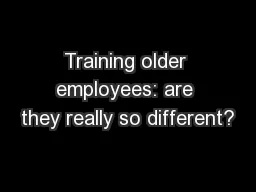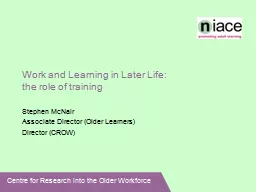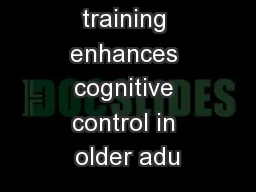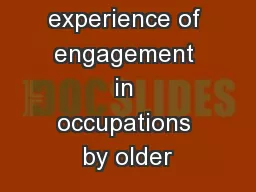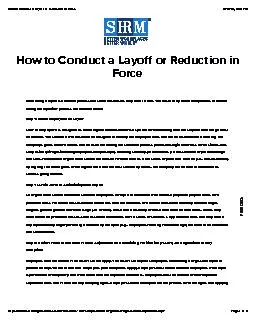PPT-Training older employees: are they really so different?
Author : alexa-scheidler | Published Date : 2015-11-25
Veronique Warmoes Shari De Baets Prof Dr Herman van den Broeck Prof Dr Ans de Vos Veroniek de Schamphelaere Project Research questions Literature Data
Presentation Embed Code
Download Presentation
Download Presentation The PPT/PDF document "Training older employees: are they reall..." is the property of its rightful owner. Permission is granted to download and print the materials on this website for personal, non-commercial use only, and to display it on your personal computer provided you do not modify the materials and that you retain all copyright notices contained in the materials. By downloading content from our website, you accept the terms of this agreement.
Training older employees: are they really so different?: Transcript
Download Rules Of Document
"Training older employees: are they really so different?"The content belongs to its owner. You may download and print it for personal use, without modification, and keep all copyright notices. By downloading, you agree to these terms.
Related Documents

